1922 Part 3 - June - WEAY, the Iris Theater Station
Will Horwitz was an entertainment entrepreneur who owned three theatres, the Iris at 612 Travis being one of them, and he had an ulterior motive in promoting radio: his own application for a license was in the pipeline and he became the third Houston broadcast licensee on June 6 when he was assigned the call letters WEAY. He began his own broadcasts on June 9.
The Post building was right down the street on the southwest corner of Travis and Texas and the antenna was stretched between the two buildings. The operator was Gerald Chinski who told the Post the station’s transmitter put out 120 watts and could be ‘forced’ to 150. The studios were in the Iris but the Post was having a studio of its own built on the 4th floor of the Post building. Like Alfred P. Daniel, Chinski was to have a long career in Houston radio, too. In the 30s he served as Chief Engineer of KXYZ and held that post for 26 years, leaving in 1961 just after putting KXYZ-FM on the air for the second time. In a story at that time it was also reported he had built and operated the first commercial station in Houston to handle wireless messages with ships at sea in 1925.
The front page story in the Post the next morning called WEAY the ‘Iris-Post Signal’ and said it had been received in El Paso, Cleveland, Atlanta and Dallas. The Post soon began printing front page schedules for the three stations on the air, listing WEAY as the ‘Iris-Post’ station for a while but eventually just as ‘the Iris Theatre Station.’
Various claims have been made about the relationship between the Post and WEAY. It has been claimed, for instance, that KPRC, which launched in May, 1925, ‘took over’ WEAY and was really just a continuation of the earlier station. It has also been claimed that Ross Sterling, owner of the Post and then the Post-Dispatch, had acquired WEAY when he bought the Houston Dispatch newspaper in 1924 and merged it with the Post. The Commerce Department records I have examined, however, never show the Post or the Post-Dispatch as owners of WEAY; the ownership is always credited either to Will Horwitz or the Iris Theatre. In 1925, the Commerce Department lists KPRC as a new station, not a change in ownership and call letters of WEAY, and WEAY continues to broadcast for 5 months after the launch of KPRC. It was deleted from the Commerce Department list on October 24, 1925, outlasting its two earliest competitors by ten months.
One possible explanation for the Post calling WEAY the ‘Iris-Post’ signal was that it was a promotional tie-in. The Post had obviously caught radio fever, the Marconi virus, v. guglielmitis, as have so many of us since, and treated radio developments as exciting and very important. In its stories on radio the Post repeatedly referred to its readers as the ‘Post radio family.’ By contrast, the Chronicle seems to have considered radio unnewsworthy and seldom mentioned it at all, much less on the front page like the Post. The Post was already sponsoring concerts on the two earliest stations; the tie-in with WEAY was a little closer with some of the programming originating from the studio on the fourth floor of the Post building down the street from the Iris, and with the flattop antenna stretched between the two buildings. It’s also clear that the Post had a close relationship with Horwitz over the years, serving as co-sponsor of his annual Children’s Christmas Party at the City Auditorium.
Another possible explanation is that the Post knew the Chronicle had an application pending for a station and the Post did not.
On the eleventh of June WEAY carried what was apparently the first church services aired in Houston.
"An extensive program arranged to feature the installation of the giant broadcast radio station of the Houston Post-Iris Theatre was transmitted over the ether Sunday...when the Ladies Amona Bible Class of the First Baptist Church conducted a special class.
The program was broadcast from station WEAY and was received by early ‘listening in’ parties in fine shape, according to the calls of appreciation floating in after the class meeting."
Afterward Reverend James B. Leavell delivered his sermon:“powerful microphones caught the divine’s message and the sermon was broadcast out into space.” Actually, there was a problem with the microphones being placed too far from the minister but the choir and congregation’s singing were heard clearly. The service was broadcast from the City Auditorium and this probably qualifies as Houston’s first remote broadcast. That afternoon, a youth service was broadcast by A.P. Daniel over WCAK from the First Presbyterian Church.

Seven months later, on January 23, 1923, the Post inaugurated a series of Friday night concerts on WEAY with the first night’s broadcast featuring the first ever one act play broadcast in Texas.
"Texas radiophone fans never before have heard a complete play by radio. The General Electric Co., Westinghouse Electric and Manufacturing Co. and the Radio Corporation of America are the only broadcasting station operators in the United States to successfully broadcast a complete play.
The success of the big Eastern stations is dimmed, however, when it is found that few persons have heard the plays in Texas. Usually, radiophone stations nearer the state interfere with Eastern stations."
The play was ‘Troubles of 1923,’ which dealt with San Francisco’s Chinatown before the earthquake of 1906.
Will Horwitz made a fortune as an entertainment entrepreneur in Houston and gave much of it away helping needy people during the Depression. He was one of the most beloved Houstonians of his era. He held special promotions at his movie houses called Peanut days on his birthday every year when children got free transportation, free admission and a free bag of peanuts. He held a big Christmas party at the City Auditorium each year, dressing as Santa Claus to give away thousands of gifts to needy children. In the 1930s, after WEAY had left the air, Horwitz bought a controlling interest in Mexican radio station XED, the first border station, operating from Reynosa with 10,000 watts.
Almost everything Will Horwitz touched turned to gold, with one very notable exception. There will be more on Will Horwitz on the Houston Radio History blog, a bio in the People section, and more on XED and Will Horwitz' radio activities in the section on the 1930s.
The first image above is from the George Fuermann Collection of Houston Post Cards at the University of Houston Libraries and is Copyright 2000 by the University of Houston Libraries. The Houston Post occupied that building on the south west corner of Texas and Travis from 1904 to 1925 and built a radio studio on the fourth floor in 1922 to originate some programming for WEAY in the Iris Theater just down the street at 612 Travis. A mast was erected on top of the building and the antenna stretched between that mast and one atop the Iris.
The second image is from the archives of the Houston Post at the Houston Public Library.



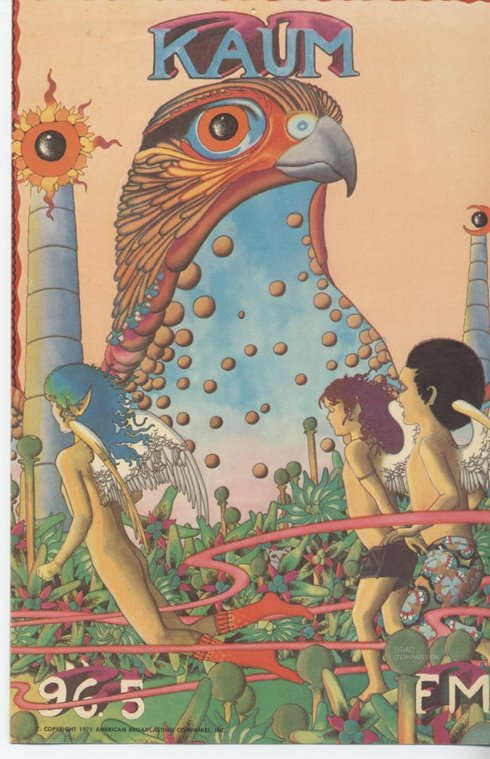
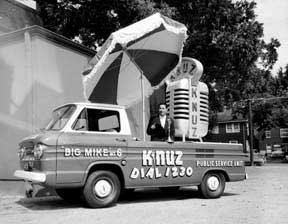


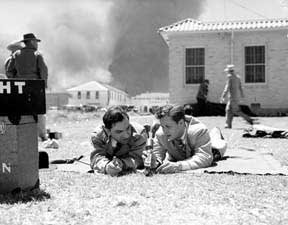
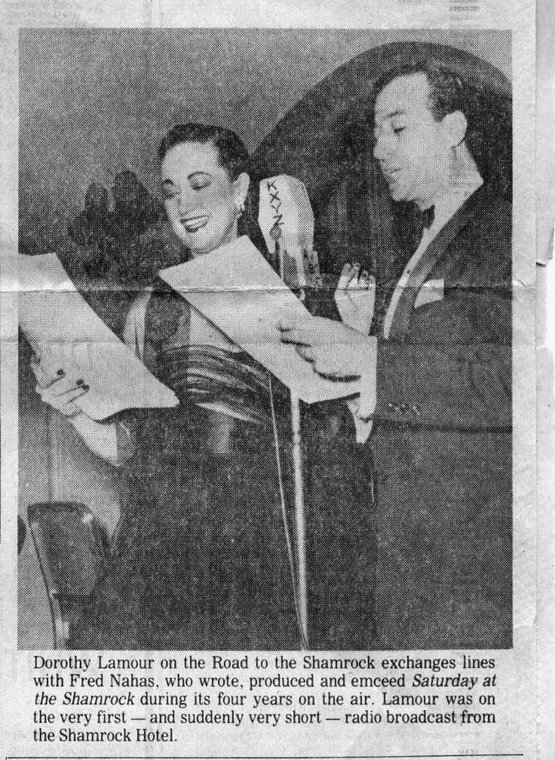
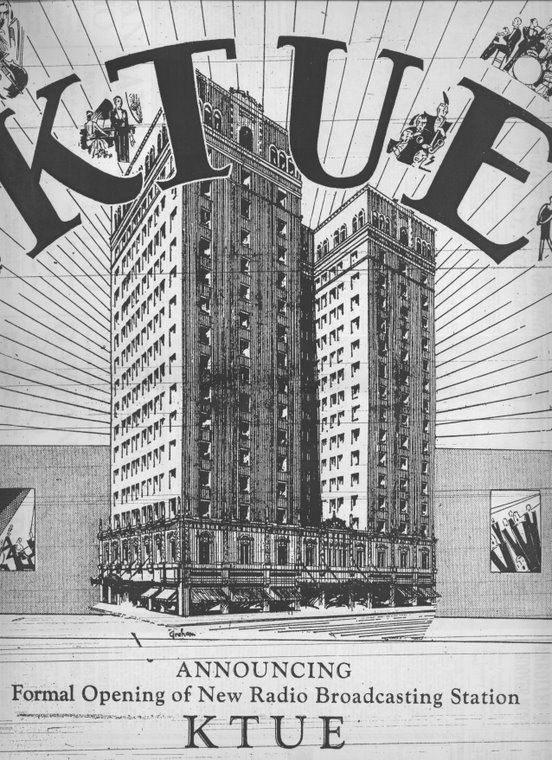
No comments:
Post a Comment